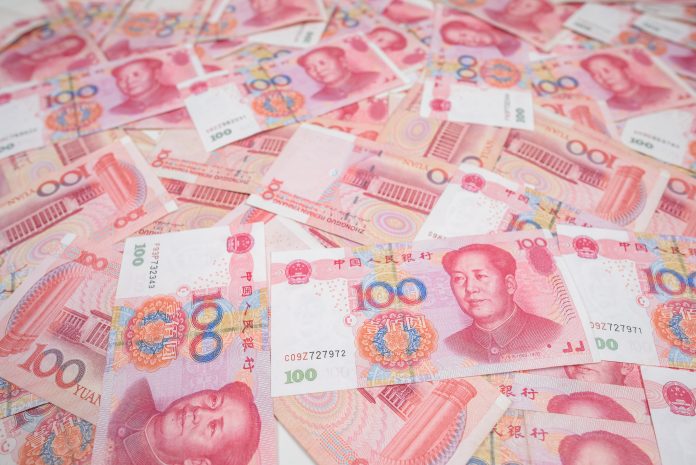In this article, Micah Hostetter from Intralink discusses the next step for China’s environmental industry, with a focus on Chinese government spending
Grey skies, poisoned earth, undrinkable water – these are the less-than-savoury hallmarks of China’s rapid economic transformation over the past 40 years.
Pollution has emerged as a flashpoint in the country’s next stage of development – an area China’s mandarins are eager to regulate, not only to preserve all-important social stability but to meet rising demands among China’s middle class for quality of life improvements. And this brings with it a great number of opportunities for specialist international firms.
Government policy
The government has a strategy to tackle its pollution problems, most prominently enshrined in its 13th Five-Year Plan (FYP) – a policy blueprint spanning many industries.
This plan, coupled with a rapid growth within the cleantech and environmental industries over the past decade, presents huge opportunities and equally big challenges for international firms looking to capitalise on China’s soaring demand for environmental technologies.
The 13th FYP calls for a total cumulative investment of RMB 17 trillion (~£2.05 trillion) in ’green’ industries from 2016 to 2020. The government estimates the environmental field – which covers goods and services to measure, prevent, limit or correct air, water and soil pollution as well as problems related to waste, noise and eco-systems – will be the focus for over half this amount (RMB 8.6 trillion (~£1trillion)).
Experts believe the current FYP will add further fuel to an industry that’s already been growing at a lightning pace – from approximately RMB 55 billion (~£6.2 billion) in 2004 to RMB 1.7 trillion (~£197 billion) in 2018. These figures encompass spending across the entire value chain, from equipment production to engineering services and construction.
PPP models
Government support comes from both local and central levels, primarily in the form of public-private partnerships (PPPs) – especially for projects focused on the treatment of water and solid waste. As in other countries, local government bodies will enter long-term contracts with project owners or operators – generally spanning 15-20 years – providing a subsidy per unit of waste processed (analogous to a gate fee).
In China, Build-Operate-Transfer (BOT – usually financed and operated by a government institution) and Build-Own-Operate-Transfer (BOOT – usually financed by the private sector) models are the most common forms of PPP. For some industries such as incineration, sewage sludge and organic waste treatment which produce biogas, local government bodies are – at least on paper – required to give a subsidy per unit on electricity or gas sold to the grid.
Clear opportunities
The opportunities for international tech companies in this industry are clear and many western firms, including startups with strong competencies in the field, have already found success in the market.
These companies have generally been equipment suppliers, especially from mainland Europe as it’s an area where the continent leads the world.
International firms providing engineering and design services, as well as those supplying investment and operational expertise, have also won business. But success has been harder to come by for them, owing to a combination of restrictions on market access and preferential treatment for domestic players.
Partnerships with local companies are essential to overcoming these challenges. In some cases – such as electricity generation projects – taking a majority stake is discouraged or banned, meaning working with a Chinese firm is mandatory for both market access and winning business.
This necessitates a thorough partner search with clearly-defined benchmarking criteria to avoid the top mistakes companies make in selecting channel partners in Asia which we’ve previously addressed.
The environmental industry adds some twists of its own, including navigation of the murky waters of local government, state-owned enterprises and other associated players operating in the shadow of multi-million-dollar projects. To the uninitiated, the risks range from IP theft to compliance concerns.
Unabated growth
Growth in China’s environmental industry will continue unabated in the next decade as the country becomes richer and pollution increasingly grinds against middle-class desires for high standards of living.
Some government estimates reckon spending in the field will reach RMB 4 trillion (~£468 billion) a year by 2030. Our view is that investments in this area will undoubtedly lead to myriad business opportunities for international firms which can provide technologies to improve quality of life.
Success for international firms will always hinge on a combination of a clear go-to-market strategy, an ability to establish partnerships with suitable local companies and persistence in an industry where time horizons are typically measured over years rather than months.
Micah Hostetter
Intralink











